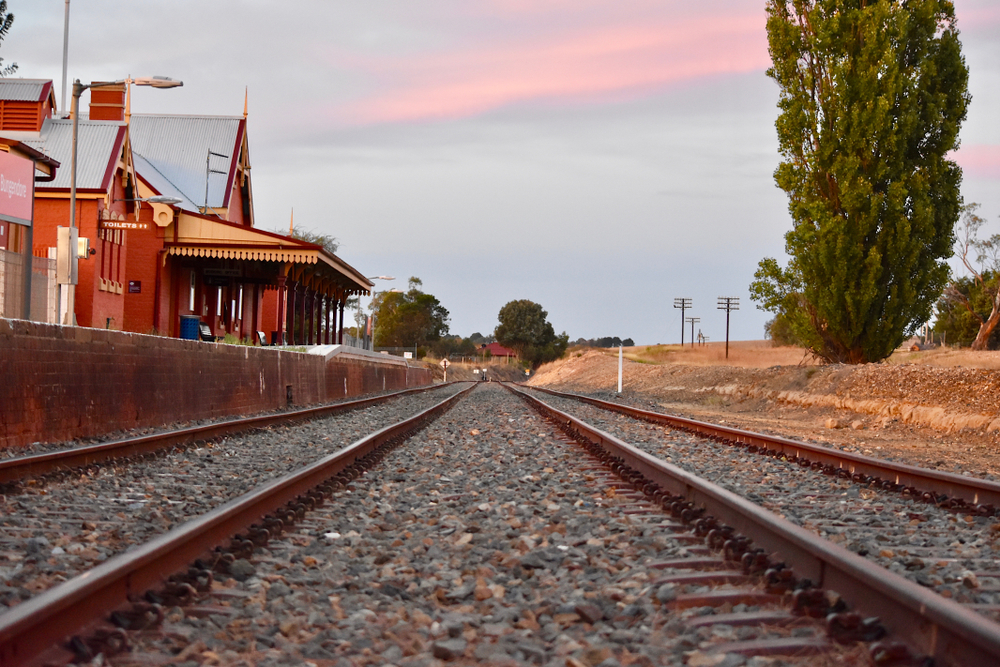
U.S. Sen. Jon Tester (D-MT) criticized this week Trump budget proposals that would cut funding for rural Amtrak routes and called on Amtrak’s president to reaffirm support for such routes.
In the previous three federal budgets proposed by the White House under President Donald Trump, cuts to Amtrak funding have been proposed. Among these was a called-for elimination of Montana’s Empire Builder line, which Tester has fought vigorously. The administration’s plans were routed this year, and last year, Tester helped secure an additional $1.3 billion in grants to support Amtrak services, in a firm rebuttal of those plans.
“Congress purposely created a national network of long-distance and state-supported train service throughout the nation, regardless of how rural it may be,” Tester wrote in a letter to Amtrak’s president, Richard Anderson. “Amtrak is a web of essential connections that bind our country together and link rural communities with major markets and economic opportunities. It provides residents of these communities with transportation options on which families, seniors, and businesses rely to access jobs, create economic opportunities, see our beautiful country, and visit family. The federal investment in Amtrak ensures small, midsize, and rural communities served by Amtrak’s long-distance and state-supported routes continue to receive this essential service.”
He added that long-distance and state-supported routes are as crucial as any other. Amtrak customers are already feeling a service pinch under Amtrak’s accounting and efficiency measures. So while he asked for support for Amtrak, he pressed them for accountability in many areas.
In his letter, Tester asked Anderson to address the company’s decision to eliminate ticket agents and their accounting methods used to determine the cost of operating long-distance services. He also wanted to know if they were planning to alter any long-distance routes or add new short-distance routes and stating the basis used for saying their long-distance service was down, despite 2017 figures showing passenger figures 10.6 percent higher than in the previous eight years.
In all cases, he and several colleagues have called on Amtrak to answer these questions by April 29.